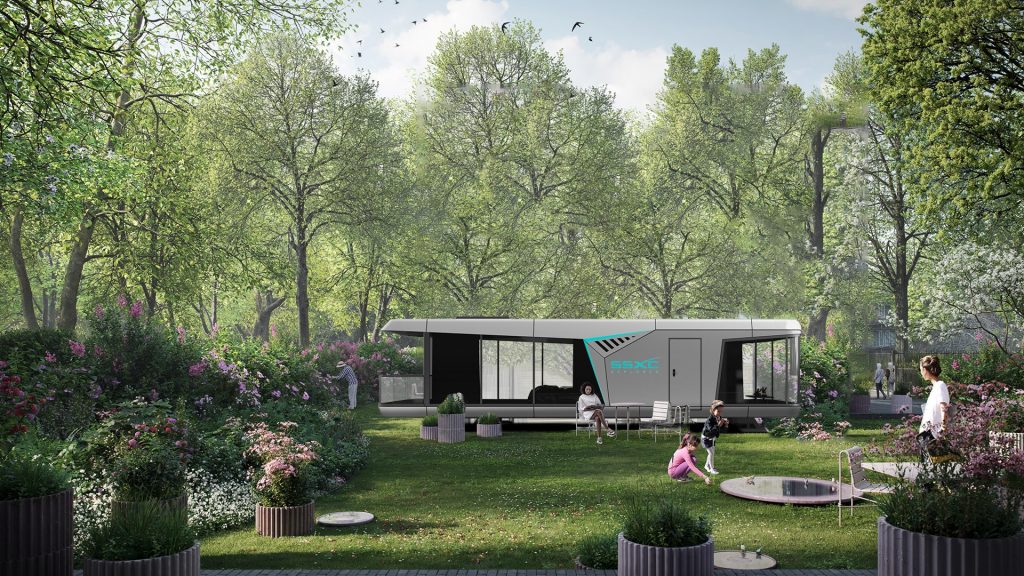

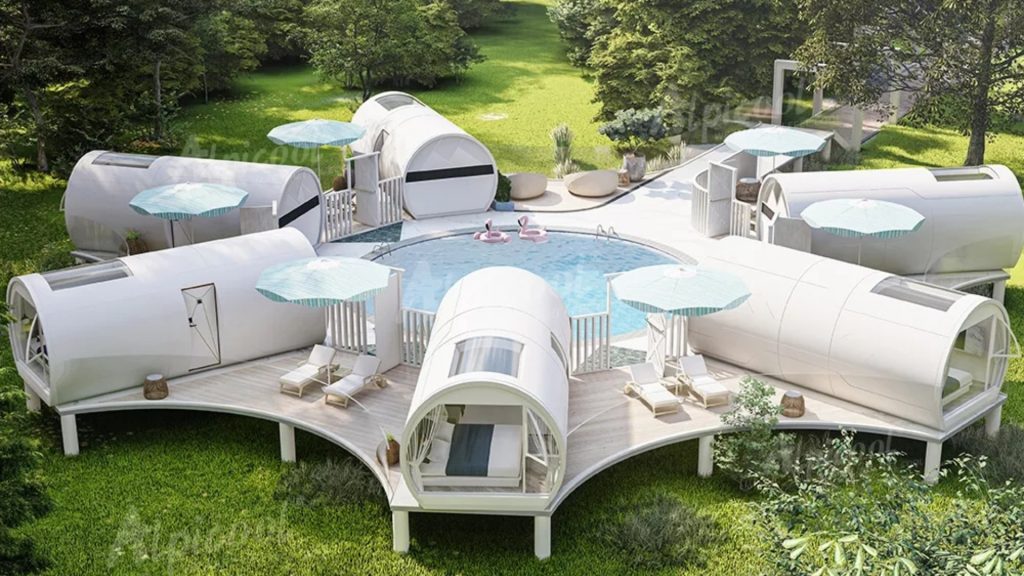
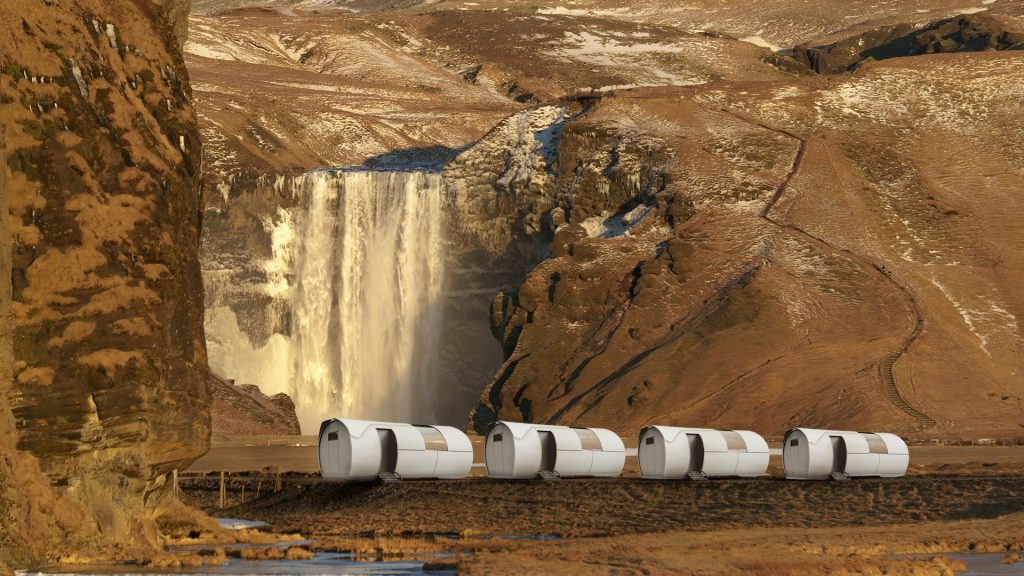
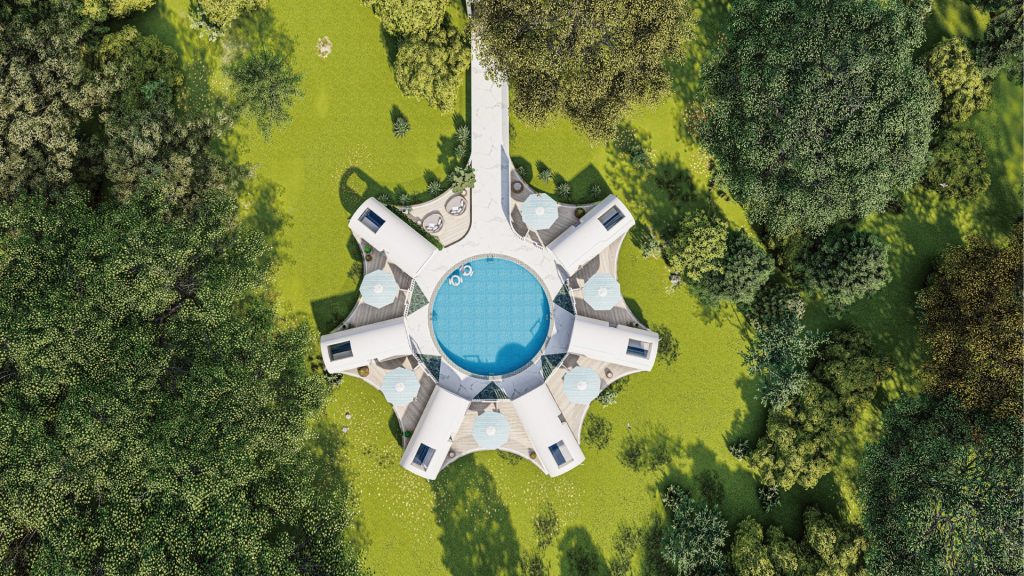
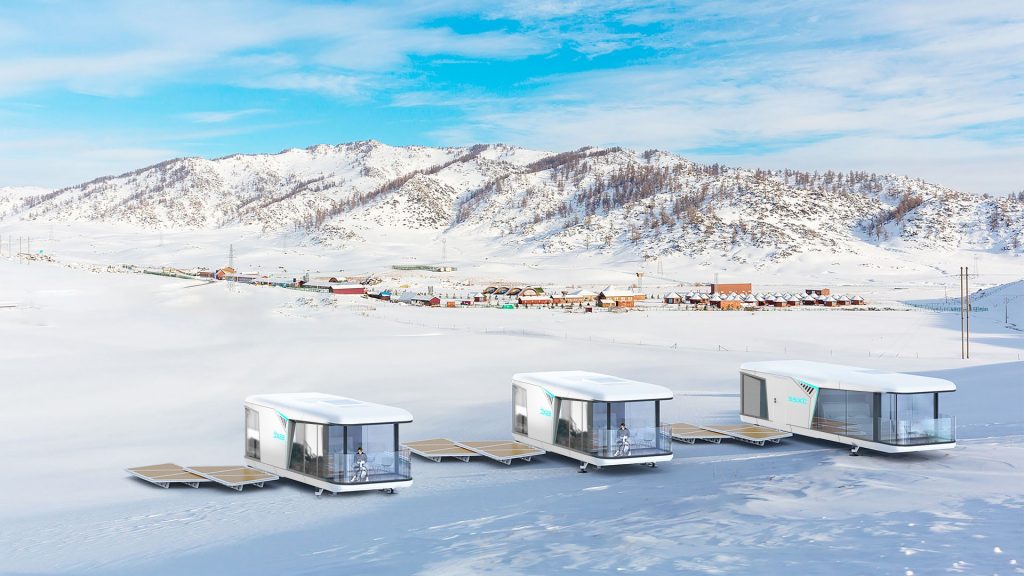
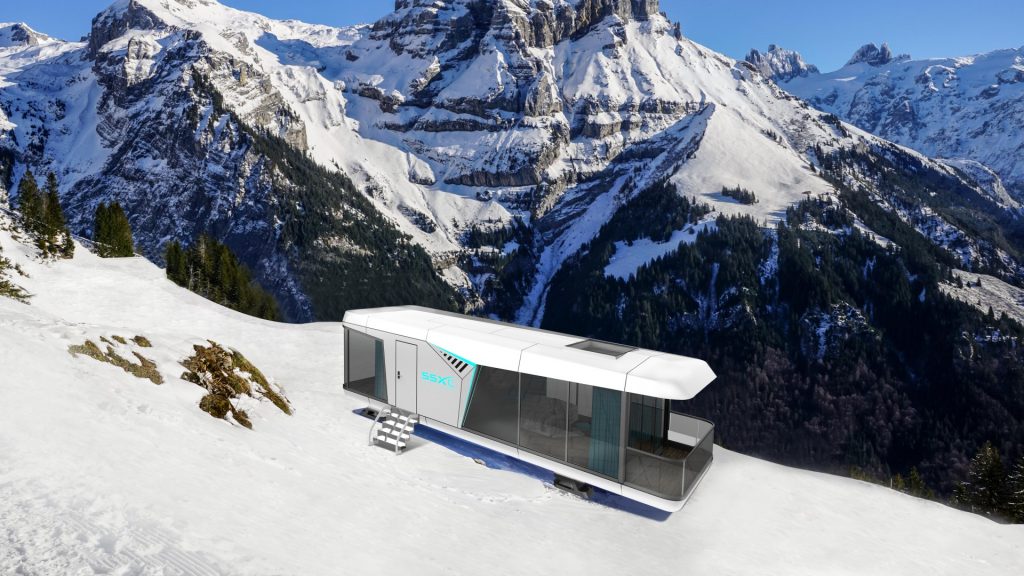
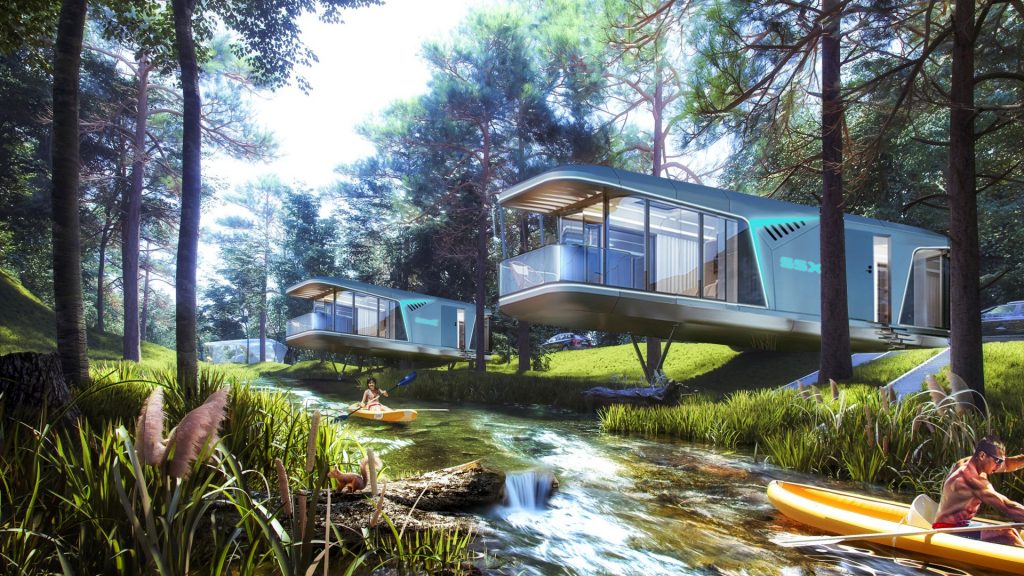

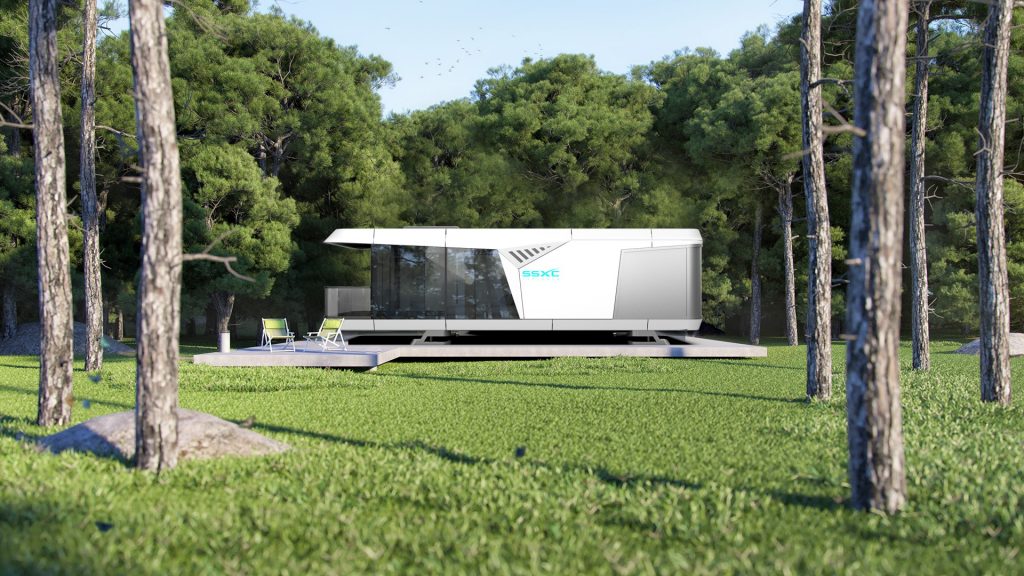


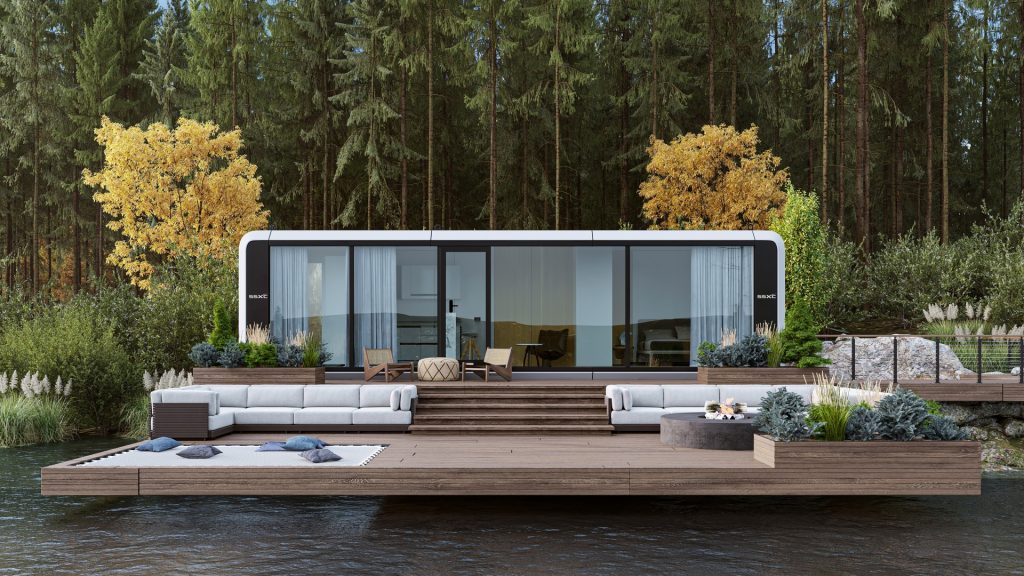

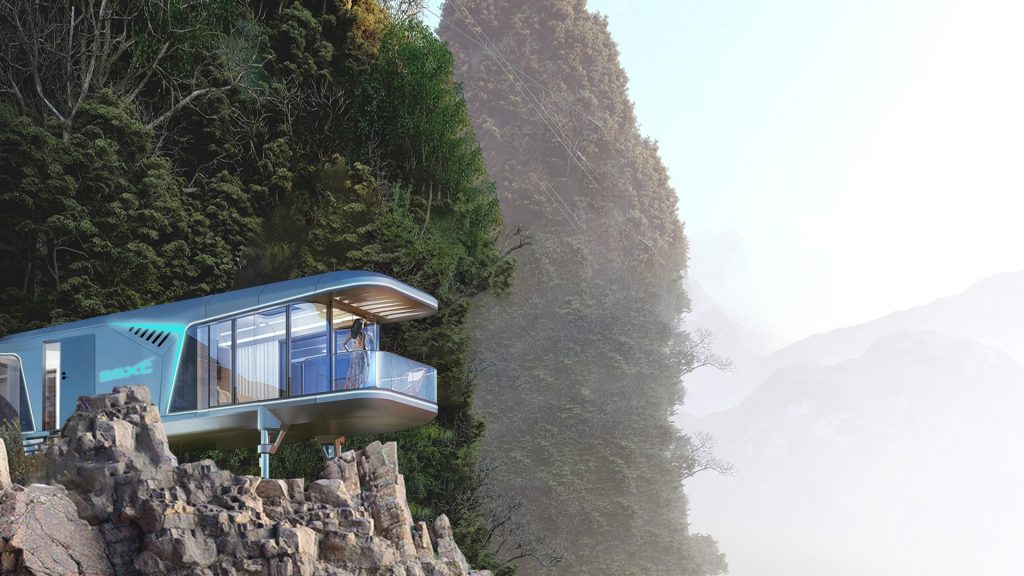
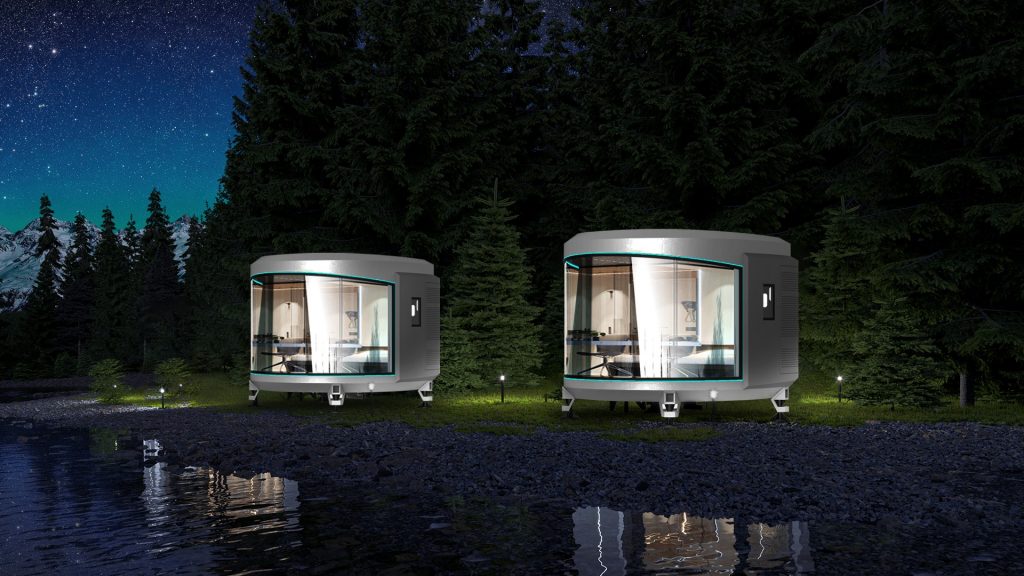

Information and new knowledge
Investing in a B&B space capsule camp: Unignorable concerns.
With the flourishing development of tourism, an increasing number of investors are directing their attention to the realm of bed and breakfasts and distinctive accommodations. Among them, space capsule camps, as a novel and unique lodging form, have drawn in many tourists in pursuit of fresh experiences. However, investing in a B&B space capsule camp is no simple matter and demands consideration of multiple crucial factors. This article will explore several key points to be taken into account when investing in a B&B space capsule camp.
I. Market research
II. Geographical location
III. Design and planning
IV. Cost budget
V. Laws and regulations
VI. Marketing strategy
VII. Operation management
VIII. Risk management
IX. Sustainable development
Conclusion
Why hot-dip galvanized steel?
The stability of the skeleton of the homestay space capsule is related to the safety of the entire cabin. Therefore, we specifically chose steel with a hot-dip galvanized layer in the material selection. Its features are as follows:
1. Strong corrosion resistance:
- A dense layer of zinc alloy protective layer is formed on the surface of hot-dip galvanized steel, which can effectively resist corrosion factors such as weathering, humidity, and acid-base, and extend the service life of buildings.
- Even in harsh environments, hot-dip galvanized steel can maintain good corrosion resistance.
2. Excellent resistance to wind and snow:
Hot-dip galvanized steel has high strength and rigidity, and can effectively resist the invasion of natural disasters such as strong wind and heavy rain and snow.
Even in extreme weather, the hot-dip galvanized steel frame can maintain the stability and safety of the building structure.
3. Lightweight and portable:
Hot-dip galvanized steel is lighter than traditional building materials such as reinforced concrete, which makes it more convenient for handling and transportation.
This makes the use of hot-dip galvanized steel as a mobile building framework more flexible and highly mobile.
4. Convenient construction:
The hot-dip galvanized steel structure is basically made by prefabrication and connection, without the need for complicated construction procedures.
This greatly accelerates the speed of building construction and reduces labor costs.
5. Recyclable and reusable:
Hot-dip galvanized steel is a highly recyclable material that can be dismantled and recycled after use.
This not only improves the utilization rate of resources, but also conforms to the current concept of sustainable development.
Why Fluorocarbon Aluminum Panel?
As the outer shell of the homestay space cabin, the choice of aluminum plate affects the overall durability. There are key reasons for choosing fluorocarbon aluminum plate:
1. Excellent weather resistance:
Fluorocarbon coating can effectively block ultraviolet rays, preventing the material from aging and discoloring.
It has strong resistance to corrosion and can resist the erosion of harsh environments.
It can keep its appearance beautiful for a long time without frequent maintenance.
2. Excellent thermal insulation performance
The aluminum plate itself has good heat insulation properties, and can effectively block heat transfer.
In combination with the insulation layer, it can significantly improve the overall insulation effect of the building.
It contributes to reducing energy consumption and improving building energy efficiency.
3. Light and convenient in weight:
The aluminium plate is light and durable, significantly reducing the weight of the building.
It is easy to transport and install, improving the mobility and portability of mobile buildings.
4. Diverse Styling:
Fluorocarbon aluminum plates can be customized according to needs to meet different styling designs.
With a variety of color options, they can create a fashionable and unique exterior for buildings.
5. Environmentally friendly and pollution-free:
The aluminum material and coating are green and environmentally friendly, containing no harmful substances.
With a long service life and a high rate of resource utilization, it aligns with sustainable development.
Why Polyurethane Foam?
In order to ensure the comfort of the homestay space cabin, we filled the cabin wall with a thick layer of polyurethane foam. The features are as follows:
1. Excellent heat insulation properties :
It has an extremely low thermal conductivity, which can effectively block heat transfer.
Good insulationperformance helps to reduce energy consumption and increase overall energy efficiency.
It is conducive to maintaining a comfortable indoor temperature, enhancing the living experience.
2. Excellent sound insulation effect :
It has excellent sound absorption and insulation properties.
It can effectively reduce the entry of external noise, creating a quiet environment.
It enhances the privacy and sound insulation of the building.
3. Lightweight and durable :
The material is lightweight and tough, greatly reducing the self-weight of the building.
It has excellent durability, is not easy to age and deform, and has a long service life.
It is easy to process and install, improving the efficiency of mobile building construction.
4. Fire retardant properties:
The fire resistance can be improved by adding flame retardants.
It can enhance the fire safety of the building to a certain extent.
5. Environmentally friendly and recyclable:
The manufacturing process is environmentally friendly, free from harmful substances.
After usage, it can be recycled and reused, improving resource utilization.
It aligns with the concept of environmental protection for sustainable development.
Why Hollow Low-E Glass?
Although ordinary glass has excellent light transmission performance, it does not perform well in terms of heat insulation and thermal insulation. In order to make the cabin more suitable for passengers, we have chosen hollow Low-E glass. The features are as follows:
1. Exceptional heat insulation performance:
The Low-E coating and insulating structure can effectively block heat conduction.
It significantly reduces the energy consumption for heating and cooling buildings, improving energy utilization efficiency.
2. Outstanding sun shading performance:
The Low-E coating effectively blocks ultraviolet rays and most visible light.
It reduces excessive sunlight, creating a good natural lighting environment.
3. Excellent sound insulation effect :
The hollow structure can effectively block the transmission of noise,
creating a quiet and private indoor environment for residents.
4. Excellent safety:
Using tempered Low-E glass, which has high impact resistance and destruction resistance,
reduces the risk of glass breakage, ensuring the safety of building use.
5. Stylish appearance:
You can choose from a variety of shapes and colors according to your needs,
creating a minimalist and fashionable visual effect for mobile buildings.
6. Eco-friendly and energy-saving choice:
The manufacturing process is environmentally friendly, free from harmful substances.
After usage, it can be recycled and reused, improving resource utilization. It aligns with the concept of environmental protection for sustainable development.
Why Ecological Carbon Crystal Plate?
The coziness of the interior of the space pods in the guesthouse directly depends on the choice of materials for the inner walls. Hence, we have chosen eco-friendly carbon crystal panels, which have the following characteristics:
1.Superior thermal insulation:
It has an extremely low thermal conductivity, effectively preventing heat transfer.
Reduces the heating and cooling load, creating a comfortable and warm indoor environment.
2. Superior radiant heating:
Releases far-infrared radiant heat evenly and safely.
Conserves energy and enhances indoor thermal comfort.
3. Excellent moisture and mold resistance:
Outstanding waterproof and moisture resistance.
Effectively prevents indoor humidity and mold growth.
4. Lightweight, easy to install, and quick to construct:
Light in weight, making it easy to transport and install.
Simple fixed connections for high construction efficiency.
5. Eco-friendly, non-toxic, and safe for health:
Made from eco-friendly and non-polluting materials.
Free from toxic and harmful substances, ensuring zero pollution.
The past and present of mobile temporary buildings.
Movable temporary structures are a form of non-permanent buildings that feature flexibility, convenience, and low cost, and have historically played a significant role in the development of human civilization.
In ancient times.
Movable temporary buildings date back to humanity's nomadic era. During that time, people constructed movable dwellings such as tents and simple canopies to adapt to their constantly changing living environments. These simple yet highly portable structures became crucial for early human survival.
Agricultural civilization period.
As humanity transitioned into the settled agricultural era, movable temporary buildings remained widely used in agricultural activities. Structures like farmhouses and rural guesthouses provided farmers with living and storage space. Additionally, some nomadic tribes maintained the tradition of using movable tents.
Industrialization period.
As we entered the industrialization stage, the large-scale development of construction projects saw widespread use of movable temporary buildings at construction sites, such as work sheds and dormitories. Meanwhile, in the military field, quickly deployable and retractable tent barracks were also extensively utilized.
Modern society.
In contemporary society, movable temporary buildings play a crucial role in emergency rescue, outdoor activities, holiday celebrations, and various other fields. Furthermore, new movable building forms like container buildings and foldable mobile cabins are also continuously emerging.
Movable temporary buildings offer both flexibility and cost-effectiveness, meeting humans' temporary spatial needs across different historical periods. Despite the evolving building forms, the core features of mobility and temporariness remain fundamental. In the future, movable temporary buildings are poised to play an even greater role in mitigating climate change and responding to natural disasters.
